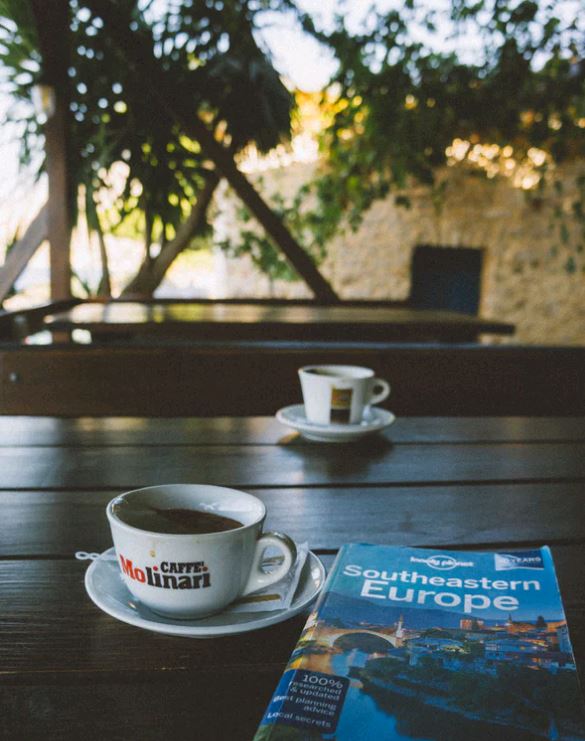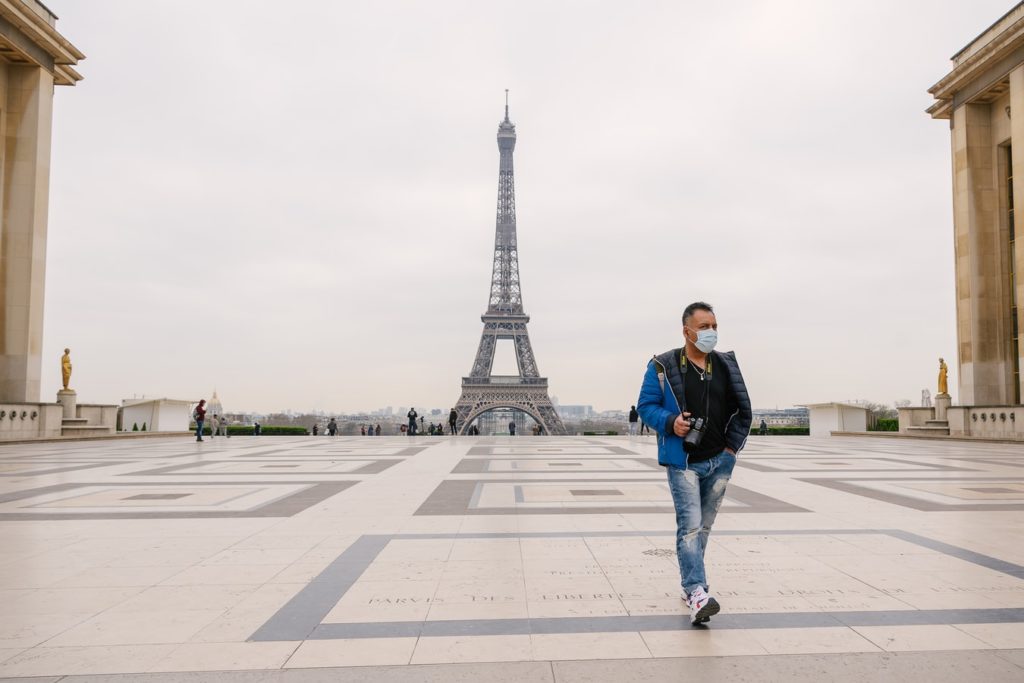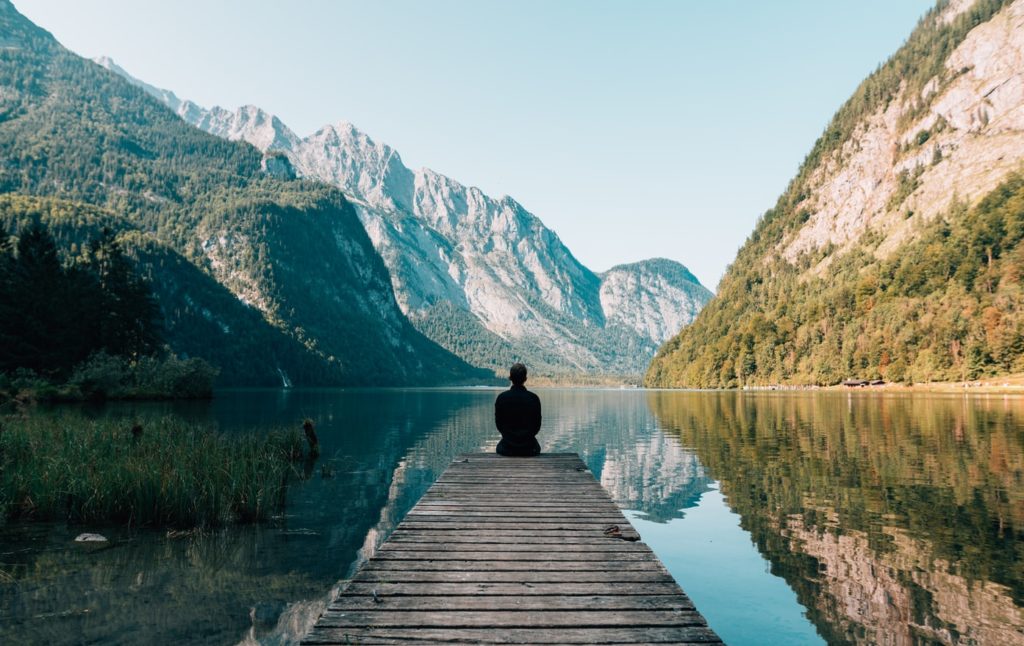The announcement was widely expected by the French people this Tuesday, June 2nd. Edouard PHILIPPE, the French prime minister, had previously stated on May 14th that going on vacation this summer would be allowed within the national territory, though subject to possible localized restrictions given the progression of the COVID-19 epidemic. What about today?
Current situation in France
On Tuesday, June 2nd, begins the second phase of the deconfinement in France. Among the expected announcements : reopening of restaurants and cafés, end of the 100km limitation, or even guidance on summer holidays.
End of the 100km limitation
In accordance with what was expected, the prime minister has presented a map of France, representing the sanitary situation area by area : three departments (Ile de France, Mayotte and Guyane) remain colored in orange – spreading of the epidemic still active, while the rest of the territory materializes in green color – slight risk of spreading.
Nous allons surveiller avec une vigilance particulière les départements d’île-de-France, la Guyane et Mayotte, où le virus circule plus qu’ailleurs. Dans ces départements « oranges », le #déconfinement sera, pour 3 semaines, un peu plus prudent que sur le reste du territoire. pic.twitter.com/5bgWownjoF
— Edouard Philippe (@EPhilippePM) May 28, 2020
With the slowdown of the epidemic in most territories, travelling over 100kms away from its place of domicile is not to be restricted anymore.
Nevertheless, the removal of such restriction should not mean going back to a normal situation, nor any slackness in the need to stay careful: « The less we travel, the less the virus spreads ».
Summer holidays

Before these announcements, only few people had chosen to plan and book their holidays, because everybody was awaiting responses on what would be possible to do this summer In France. With this new statement, the prime minister encourages French people to take their summer vacation within the national territory, for security reasons, and because no decision had been taken yet on the reopening of national and European borders.
Booking hotel accommodation, a campsite spot, or even a stay in a resort is now possible! Hotels and touristic lodging can now reopen in the green areas, while those in the orange ones have to wait until June 22nd. They represent a total of 17,000 hotels, 8,000 campsites and over a 1,000 resorts, now allowed to take reservations for the summer period. Moreover, Edouard PHILIPPE confirmed that summer camps could be organized starting June 22nd.
On their side, theme parks are among those hardest hit by the COVID-19 related restrictions. Parc Astérix…. Puy du Fou, and all of the others could not open this spring as usual. They are now allowed to welcome their public, starting on June 2nd for those in the green areas, and on June 22nd for the others. Located in the orange area, Disneyland Paris has announced the reopening on July 15th. The biggest theme park of France (and Europe) normally welcomes 30,000 visitors a day.
In regard to travelling abroad, restrictions are being maintained until June 15th at earliest. The European countries are to work on the reopening of the European borders, which is fully supported by France. Outside Europe, borders remain closed for now.
The right time to renew
The whole tourism industry will try on limiting damage. According to the travel professionals, which brings together the main travel agency networks, going back to normal will take months and is not being expected until the month of October 2021.
Economic urgency for the whole sector
The priority today is to handle the economic urgency and avoid as much as possible the social and economic negative effects. Tourism in France weights 8% of GDP, and over 2 million workers. « We have to accommodate with the sanitary protection, in order not to escalate into an absolute economic disaster, thus a social disaster with human reality in the end » explains the mayor of Cannes (Alpes-Maritimes), David LISNARD.
For the professionals in Tourism and Travel, the challenge will be, beyond putting into action the sanitary imperatives, to preserve conviviality and do not ruin the pleasure of traveling.

France welcomes over 90 million foreign travelers a year, while 9 million French tourists travel abroad. « We will not have them [the foreign public], therefore we have to capitalize on the 9 million » states Bernard SABBAH, Tourism specialist and Head of « Viaticus », Graduate School of Tourism.
In contrast with the international travelers usually concentrated in Paris and a few spots along the Mediterranean coast, French vacationers are expected to spread all over the territory, which can be a chance for regional economies and local tourism networks.
Next summer’s tendencies #CetÉtéJeVisiteLaFrance

This year, « there are two major tendencies: mountainside and camping on the seaside » analyzes Yariv ABEHSERA, director of Locatour, specializing in holiday rental. We clearly notice that there is huge demand for time outdoors, in the mountains, as well as open-air lodging « which are the most praised typologies of bookings as in June ».
The French travelers respond to the overwhelming needs of the local tourism industries, trying to bounce back. The fact that vacationers spread all throughout the territory and not only in the main touristic spots, demonstrates their desire to travel to nearby areas, instead of riding across France as they used to – 600 to 700 kilometers in average. « We see a propensity to travel within a range of 300 to 350 kilometers. This indicates a need for consumer safety ».
Even before the sanitary crisis, professionals in the tourism sector had noticed a change in travelers’ expectations, such as adopting more responsible practices. What about 2020 meaning a new era in tourism in France? This tendency could reflect the willingness to get back to fundamentals, to push towards a more sustainable tourism. This is what we call « slow tourism ». Slow tourism enables to rediscover its territory, to open a new eye on proximity, to change its point of view and to give more sense to its vacation.
In the future, why not capitalizing on what will be done this summer, in terms of destination and touristic behavior, with a long term concern? Indeed, the less exposed areas will need the help of everyone to revive their tourism industry, to counter balance the saturation of the main traditional touristic areas, such as the Mediterranean shores. It’s the right time to discover France again!
How to travel this summer?
The removal of many restrictions still does not mean going back to normal. Another difficulty points ahead, beyond people being allowed to travel everywhere: will they be able to take a train or get a plane? The coach operators, on their side, are ready.
Air and rail transport
About trains, Jean-Baptiste DJEBBARI, secretary of state for transport, has announced on Sunday, May 31st that « 100% of the offer » of rail transport would be provided by mid-June. This means an auspicious time for vacationers willing to travel by train this summer. « We remove the restriction of using only one seat out of two in the TGV, which had been imposed to the railroad company in order to respect the rules of physical distancing » has clarified the secretary of state.
However, concerning the air travel industry, that is a different kettle of fish. Indeed, there will be only few offer this summer. Airlines project 50% of the usual transport capacity, for the next 5 months at least. Some of the companies have chosen to impose to their passengers the use of a mask, while the international air transport association has defined a (non-mandatory) best practice guide related to the sanitary situation.
About coach transport
Springtime has always been a high season, with many different kind of travels including elders’ trips, school trips, tours of France and Europe, but 2020 is a terrible year for coach operators. Finally included since May within the Tourism recovery plan, implemented by the French government, the coach transport industry can now contemplate the solutions to handle summertime. The sanitary measures remain strong aboard the vehicles to allow for a high level of security.
With the development of a more sustainable tourism in mind, transport by coach appears to be more eco-responsible than individual transport by car, and has a truly better ecological footprint than air transport. Since September 2015, all of the motorcoaches manufactured in Europe have to respect the Euro 6 standard, aimed to reduce the emission of polluting gases including nitrogen oxide (NOx). The purpose is to reduce by half the emission of nitrogen oxide, with a maximum threshold of 80mg/km per vehicle.
Coaches can access everywhere and bring their passengers to hotels, resorts, camps or theme parks, making point to point connections without changing vehicles. Let’s take time to (re)discover our beautiful country, making all the actors of tourism work together: restaurants, hosts, cultural sites, and… coach operators!

